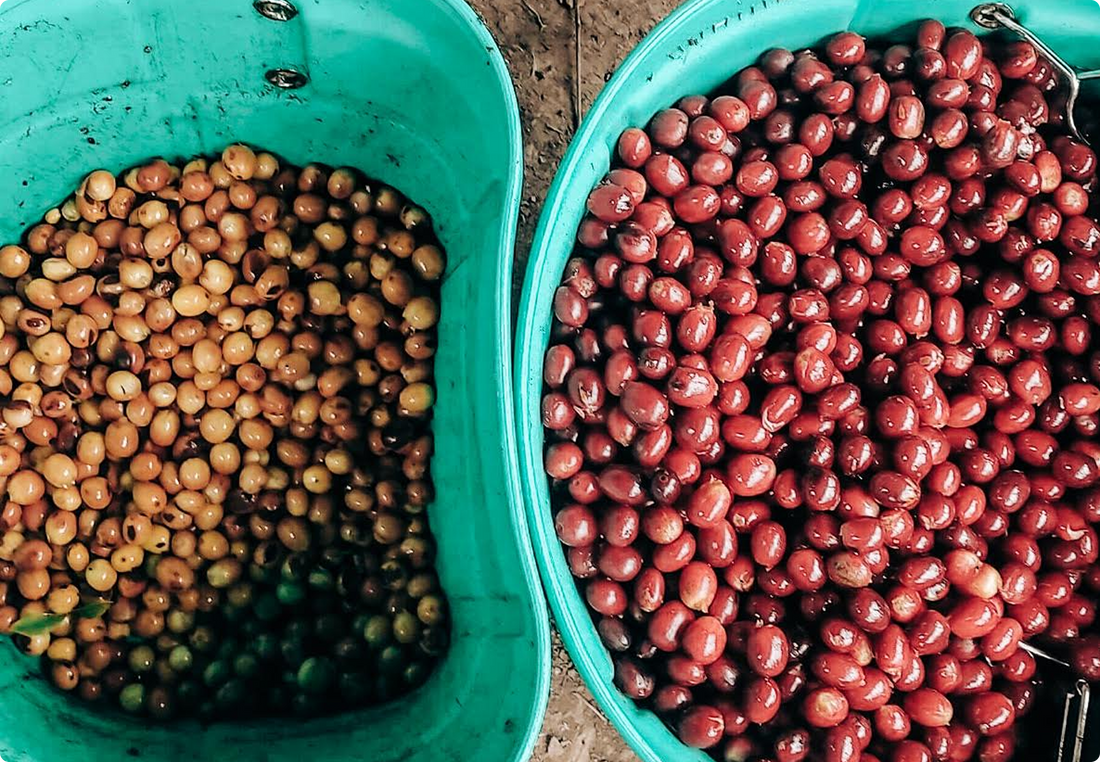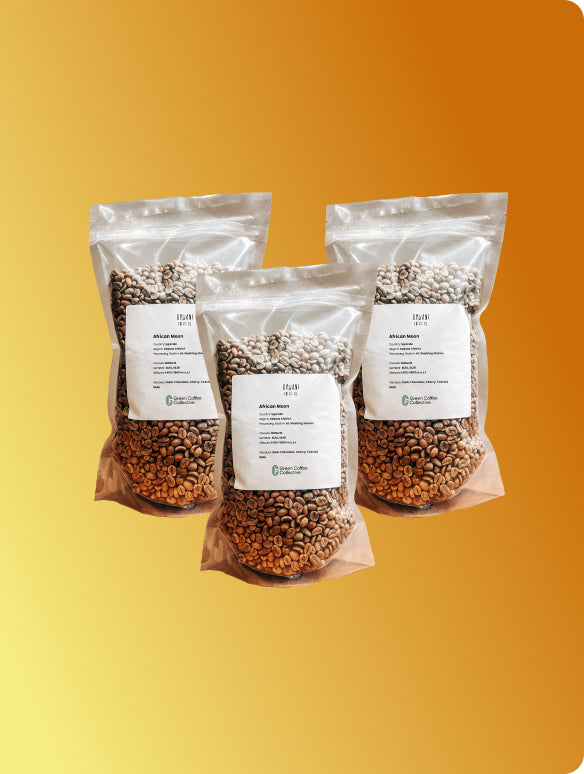It’s easy to focus on the problems in coffee right now - and there are plenty. Factors such as poor harvests, rising fertiliser costs, climate impacts, labour shortages and market swings are putting serious pressure on producers. But instead of just listing issues, we wanted to dig into what’s actually being done - and what more could be.
First, let’s take a closer look at the biggest challenges producers are facing today.
What are the challenges in the coffee industry?
Climate change is reshaping coffee production
Rising temperatures are pushing ideal conditions beyond traditional growing zones. As heat increases, cherries mature too fast - cutting short the development time needed for complex flavour. Rainfall patterns are also shifting, with long dry spells followed by intense rain. Drought stresses the plants and heavy rain brings higher risks of leaf rot and coffee leaf rust. These warmer, wetter conditions also fuel pests like the coffee borer bug, which can decimate crops.
The stress of these conditions can even change the chemical makeup of the cherries themselves - affecting not just yield but the flavour in the cup.
The market adds more pressure
Fluctuating prices on the global market mean producers are left very vulnerable. Instability of changing prices day-to-day makes it hard to plan for the future - whether that’s investing in fertiliser, better equipment, or trying out a new varietal.
And then there's the labour issue
In many regions, younger generations are leaving rural areas behind. Coffee farming doesn’t always offer stable pay or a clear path forward, so people look elsewhere. That leaves an ageing farming population to do most of the work, and not enough hands to manage harvests or maintain farms - especially as growing coffee becomes more complex and demanding.
So, what can actually help?
1. Smarter, climate-resilient farming
Producers are already adapting to shifting conditions - but it takes time, money, and support. Planting more climate- and disease-resistant varietals is one route, but market demand can be a barrier. SL28 and Geisha, for example, are widely loved but highly susceptible to disease. Balancing resilience with market value is a constant trade-off.
Agroforestry is another tool. Planting shade trees can lower local temperatures, support biodiversity, and help regulate rainfall. Some farmers are also experimenting with intercropping or cover crops to build healthier, more drought-resistant soil. But these approaches often require upfront investment and don’t offer immediate returns. That’s where roasters, traders, and consumers can play a part - by funding trials, sharing knowledge, and committing to long-term relationships that give producers the security to take risks.
2. Building income security
Fluctuating prices make long-term planning near impossible. Cooperatives can offer some protection - pooling risk and offering better access to finance, training, and markets. They’re not perfect, but they give many farmers a better shot at stability.
Diversifying income is another safety net. That might mean planting food crops to sell locally, rotating crops in the off-season, or branching into tourism, livestock, or other income streams. It spreads the risk and gives farms a way to keep going even when coffee income dips. What’s needed is support to make those transitions - access to markets, knowledge, and finance.
3. Making coffee farming worth staying for
If we want younger generations to stay in coffee, we need to make it a better option. That means more than better pay - it means clearer opportunities, access to tools, and a sense of pride in the work.
Finance matters: micro-loans or credit for inputs, tools, and upgrades can unlock improvements that raise both quality and price. So does recognition. Too often, producers are invisible in the final product. When the people buying and roasting coffee talk more openly about who grew it, and why that matters, it builds pride and identity around farming - and makes it a career worth choosing.
Some producers are also stepping further into the value chain. Dylan from the Aguilera family in Costa Rica now exports all of his family’s coffee - giving him more control and a larger share of the value. It’s a powerful example of what’s possible when the right support, infrastructure, and trust are in place.

